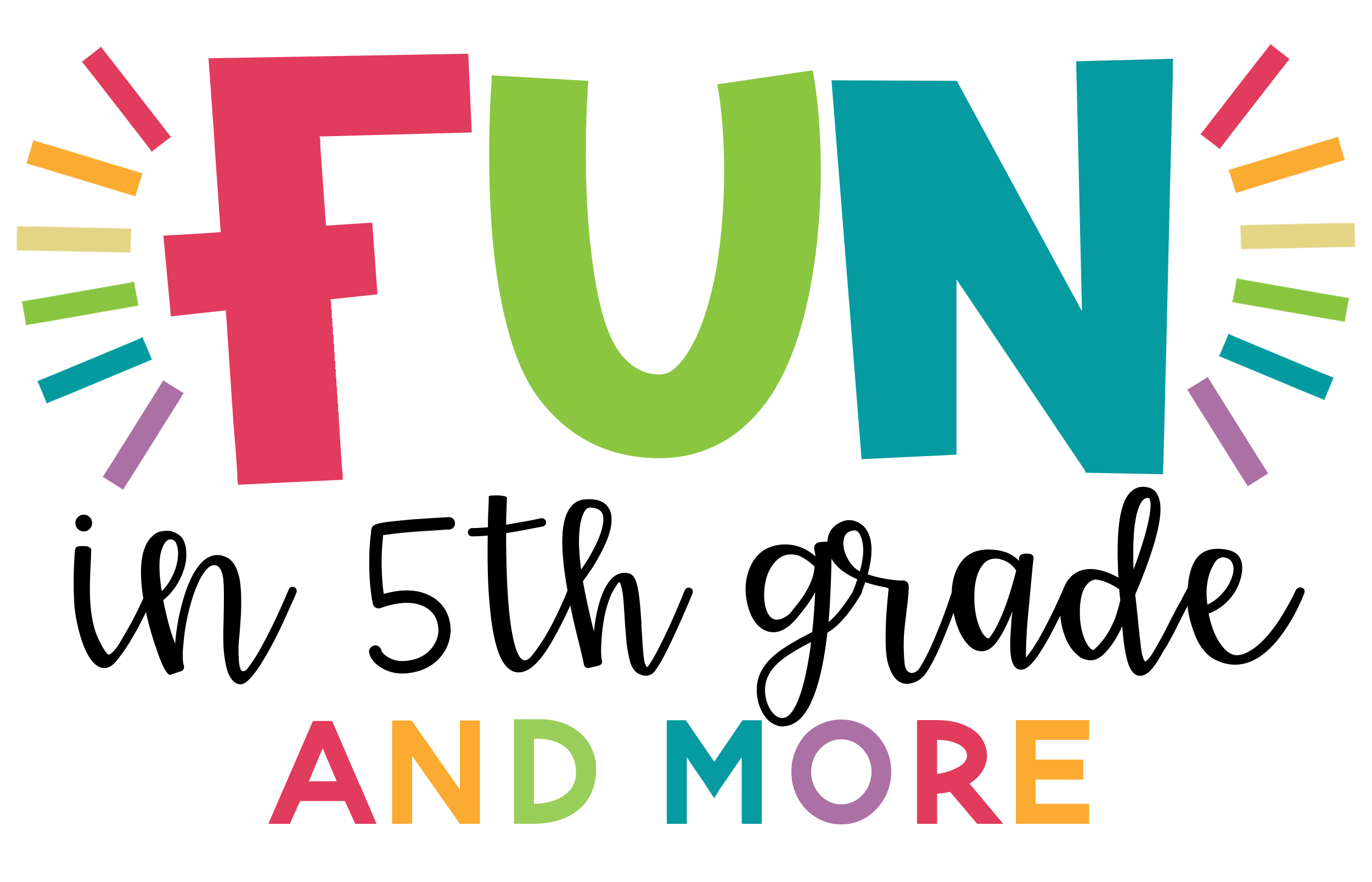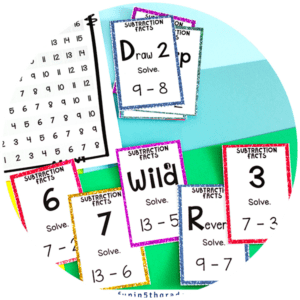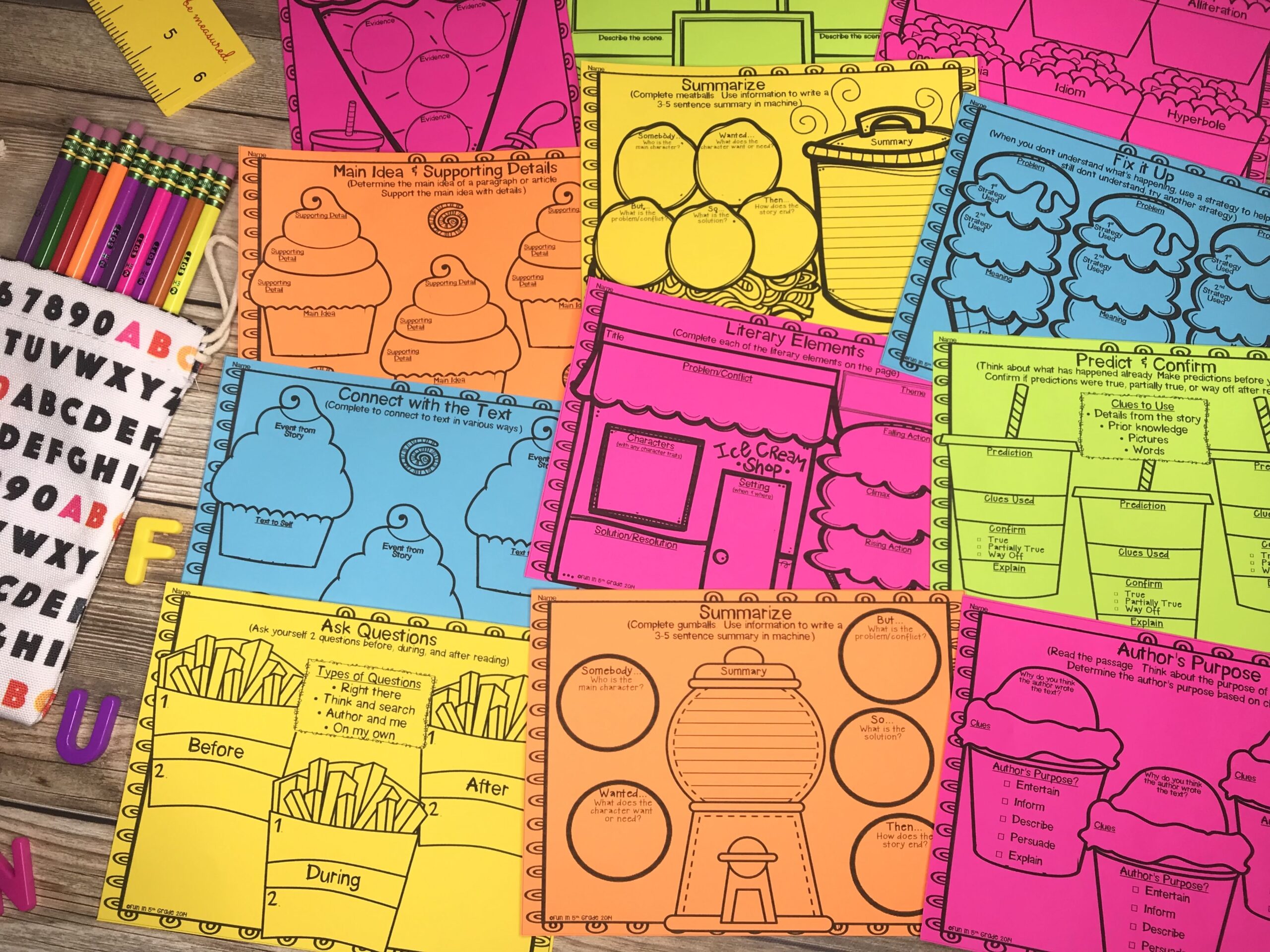ELA Graphic Organizers are a fun way to get students to take notes, think through texts, organize thoughts and consider all the thoughts that went into the writing about what they’re reading.
Reading comprehension is difficult to teach. Especially when you are teaching reading comprehension with a focus on a theme or main idea or even stylistic choices like figurative language.
When kids are little, we begin reading with them, but the books we read are often simple and more photo and feeling-focused than story-centered. While we read these little ‘mommy and me’ or ‘daddy’s little dino’ style books with our kids, our little ones focus on the pictures and cuddling, but they aren’t really thinking about what the author’s purpose is or why every page rhymes and they certainly aren’t ruminating on the author’s use of alliteration.
That is why it is sometimes hard to get them to focus on how the story is built as they get older. When we start to really show them all the choices and decisions that have been made to create a text, students often become overwhelmed.
That is why I use graphic organizers.
What are the benefits of ELA graphic organizers?
Graphic organizers help students focus on just one piece of the bigger puzzle of the story or passage they are reading. Rather than focusing on all the things, the graphic organizers provide them with scaffolding to explore just one of the many components of the reading.
With so many different reading skills and reading comprehension goals at the upper elementary level, we decided to create a whole set of 50+ ELA Graphic Organizers with the express purpose of giving teachers the tools they need to help their students focus on their reading and develop their reading comprehension skills.
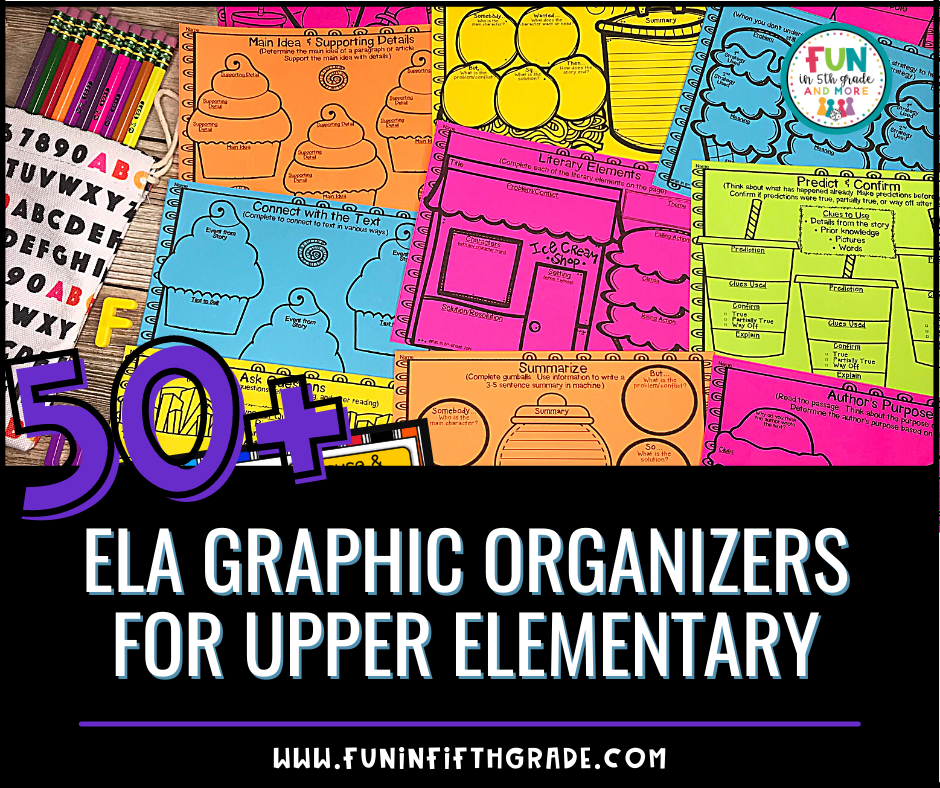
But these aren’t just any graphic organizers. They are Food-Themed, and they cover almost all the ELA Common Core standards students are expected to master in upper elementary.
Check out the store to see what all is in this graphic organizer super pack.
How can you use these graphic organizers in class?
I think what I like most about graphic organizers is that they can just as easily be used with full classes as they can individually or in small groups.
Below I have listed some of the ways I have used these ELA Graphic Organizers with my students to improve their reading skills.
Modeling
Each of the graphic organizers in this ELA pack is one-sided, so my favorite way to use them is to print two copies of the same graphic organizer back-to-back.
First, we would use one side as a class as we worked through a picture book, and then I would ask the students to complete the copy on the back with another book either on their own or in smaller groups.
Although this is my favorite way to use these graphic organizers, there are many other options.
Learning new content
When teaching a new skill in class, I would often pass out a graphic organizer of the skill I wanted students to learn in my class. Then while I read a book out loud, students would attempt to fill in the graphic organizer.
To scaffold this activity, I make sure to break in the reading at strategic times to allow students to focus on what I had just read. Another way to scaffold these new learning moments is to allow students to work with partners or in groups to see if they can figure out how to do the task without explicit instruction from me.
Group Work
Another way I used these ELA Graphic Organizers is while doing group work or even in centers with groups.
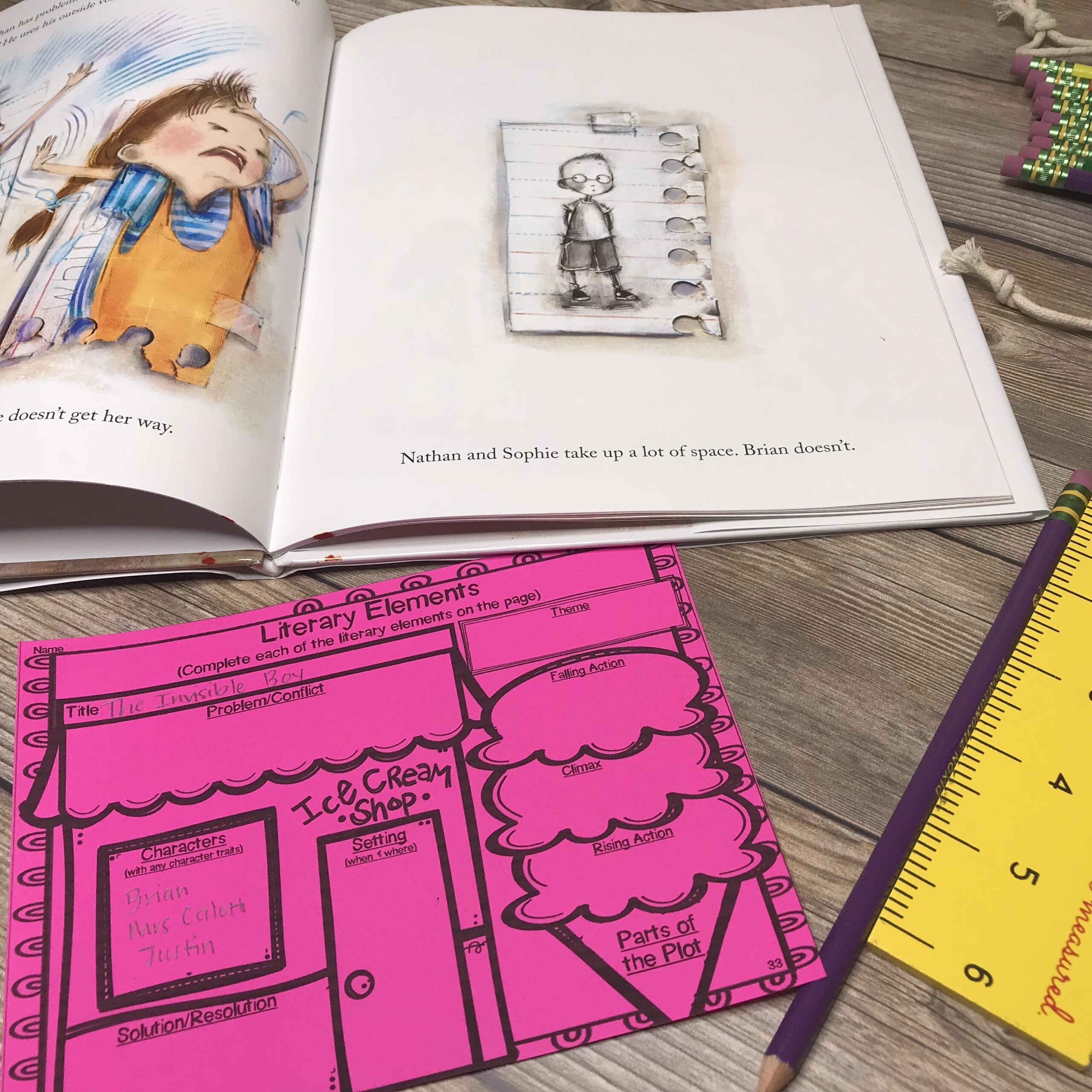
Typically, in this scenario, I would give each group a different picture book, and then I would pass out the same graphic organizer to everybody. Each group would then complete the graphic organizer with their group.
Another twist on this activity is to put a booklet including several of the same graphic organizers (the number of pages should match the number of groups) on each table and then have students rotate from one table to the next. Each group will fill out the next page of the booklet. At the end, students can review all the pages of the booklet and see how their responses compared to those of the other groups in the room.
Randomized Review
This one is a little chaotic but a fun variation on some of the other activities listed. Near the end of the year, when most of the reading skills in the ELA graphic organizer pack have been taught and practiced, print off the whole packet (making sure that you have enough pages for each student in the class to have one). Then on a random day, walk to the center of the room and throw them up in the air (allowing them to fall where they may).
After students get over the shock of the mess you just made, ask them to each grab one of the papers, find a book, and complete the task. This is a randomized review that will allow the students to practice the reading skills they’ve learned, but the method is unexpected and adds a little bit of fun to the day.
To take this activity even one step further, print the graphic organizers front/back, and after the students finish working on the first side, show them how to make a paper airplane. Using the graphic organizers as their ‘paper’, they’ll make paper airplanes with their work. Then split the class in half and have all the students throw their paper airplanes toward the students on the other side of the room. After everyone has thrown their airplanes, the students will pick up an airplane that is close to them, unfold it, and use the same book they used before to complete the other side of the graphic organizer.
To add to these randomized review activities, print two of each graphic organizer and ask students to find the other person with the same graphic organizer to work with.
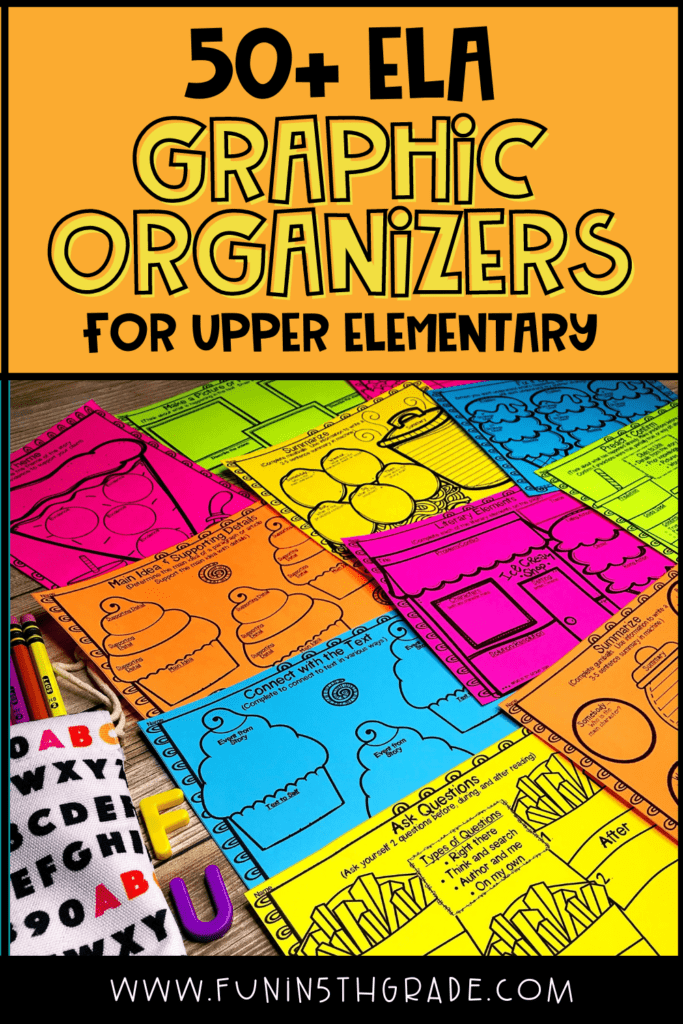
Graphic organizers, like the ones in this 50+ ELA Food-Themed Graphic Organizer pack, are a great addition to the tools you use in your upper elementary classroom every day. They are easy to print, cover a variety of standards, and can be implemented and used in many creative (and sometimes silly) ways throughout the year. We’d love to hear how you use these graphic organizers in your classroom, so if you have any fun, unexpected ideas, please be sure to share them with us!
For more ELA activities and resources, check out some of these posts from the blog.
